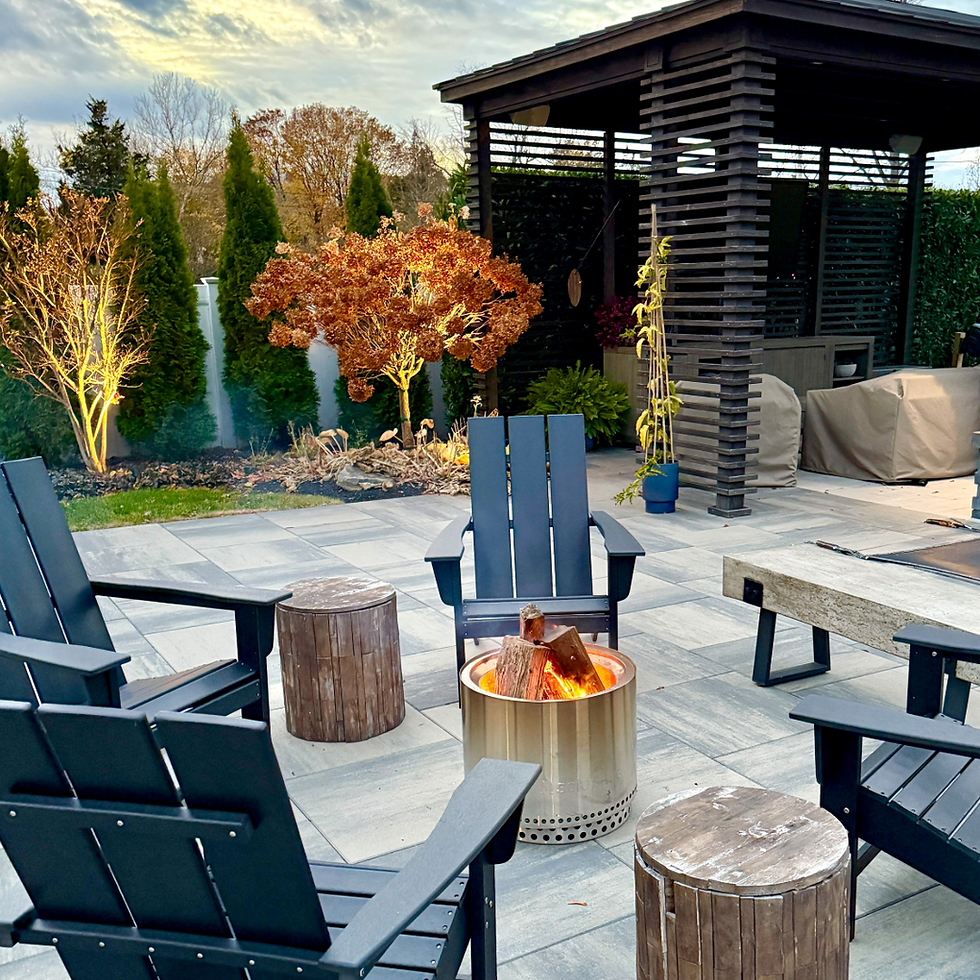Pruning Tips in Late Winter
- Rebekah

- Feb 20, 2014
- 2 min read
Updated: Sep 5, 2023
Early/ mid-March is a great time to prune different shrubs in your yard in preparation for summertime blooming (There is a big exception to that statement and that is regarding spring blooming plants- we will talk about that more below!). Most trees and shrubs benefit from an annual pruning. It not only keeps them looking nice and tidy (and maintained, and just simply pretty!), but also encourages new growth on the plant, which is just healthy all around.

Here’s a (non-exhaustive) list of shrubs and trees that are seen frequently in our area that are great to prune in late winter (around the end of February/ first of March):
Butterfly bush (Buddleia davidii)
Rose of Sharon (Hibiscus syriacus)

Rose bushes (a good rule of thumb is to prune roses after forsythia blooms)
Burning Bush (Euonymus alatus)
Heavenly Bamboo (Nandina domestica)
Summersweet (Clethra alnifolia)
Crape Myrtle (Lagerstroemia)
Evergreens such as Emerald Green Arborvitae, Junipers, Hollies, Boxwood and more
Hydrangeas that do not bloom on old wood
Ornamental grasses: trimming them down to about a foot off the ground freshens them up before they are showcased with their long, stately plumes next fall.
You may be recognizing a consistent theme here! You may prune almost any plant that doesn't bloom in spring, in late winter. There are a few exceptions, such as hydrangeas that bloom on old wood.

How to Prune Forsythia and Flowering Quince:
In our last blog, we talked about early spring bloomers. Pruning these shrubs, in particular Forsythia and Flowering Quince, is not as daunting of a task as it may appear to be. Because both of these shrubs have graceful, arching stems to them, they can be prone to look overgrown and in bad need of a haircut IF not pruned annually to spruce up their beautiful, natural, free-flowing shape. To prune flowering shrubs such as these to keep their natural shape, here are some simple tips:
Instead of “giving it a haircut (or lopping off the top)” an easy way to keep your Forsythia or Flowering Quince looking its best is to trim approximately one-third of the long stems back to the ground every year AFTER blooming season (around May).

Using pruning shears instead of hedge trimmers is crucial to keeping the natural, graceful look that is just as much a part of your flowering shrub’s beauty as the blooms themselves.
If, after cutting back one-third of your stems to the ground your shrub then is still too large for your liking, you may trim off the ends of stems here and there and fashion it to the size you desire.

We hope you will ask any questions you may have regarding pruning, and as always, our friendly, knowledgeable staff at Riverbend is ready to assist you as you begin to daydream about spring flowers and planting.



